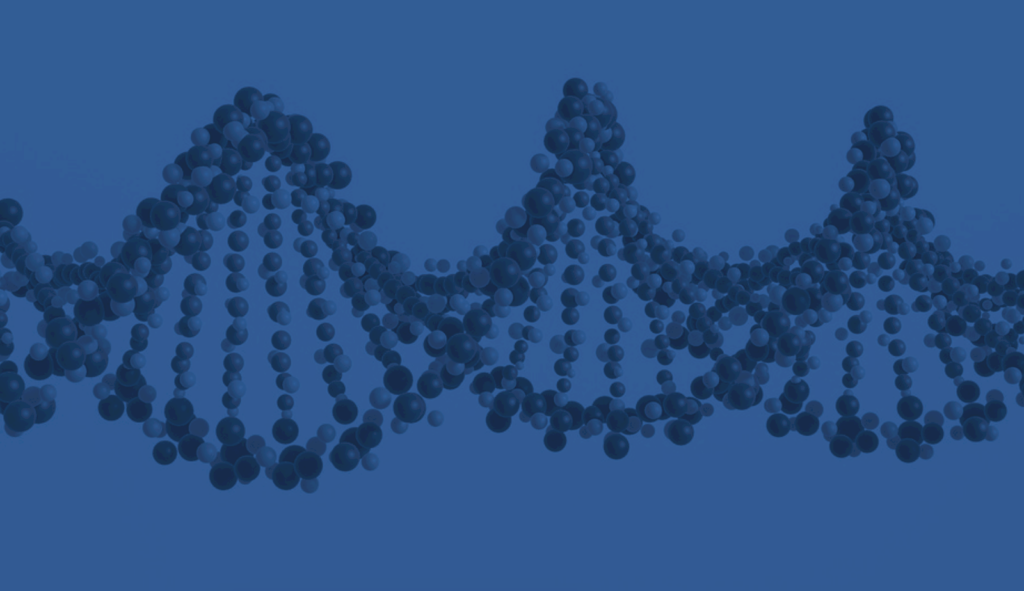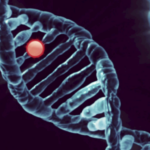In the evolving landscape of biomedical research, NGS Data Analysis in Biomedical Research has become a game-changer. Next-Generation Sequencing (NGS) technology has provided researchers with the tools to decode the human genome at an unprecedented scale. However, the real challenge lies in deciphering the vast amounts of data produced. Advanced NGS data analysis techniques are crucial for extracting meaningful insights that lead to breakthroughs in understanding diseases, developing new treatments, and personalizing medicine.
The Power of NGS Data Analysis in Biomedical Research
NGS Data Analysis in Biomedical Research has revolutionized how we study genomics by enabling high-throughput sequencing of millions of DNA fragments simultaneously. Researchers can now decode entire genomes or focus on specific regions of interest, gaining a comprehensive view of the genetic landscape. This powerful tool has accelerated the pace of genomic research, making it more accessible and cost-effective than ever before.
The Data Challenge: Navigating the NGS Data in Biomedical Research
While NGS Data Analysis in Biomedical Research offers incredible potential, it also generates a massive data load that can overwhelm researchers. A single NGS experiment can produce terabytes of genomic data, presenting challenges in storage, processing, and interpretation. Moreover, this data is multidimensional, capturing DNA sequences, gene expression, and epigenetic modifications.
Advanced Techniques in NGS Data Analysis for Biomedical Research
To make sense of the data, researchers use advanced NGS data analysis techniques. These include computational tools, statistical models, and machine learning algorithms to extract valuable insights from vast datasets. Here are some key approaches:
1. Alignment and Mapping in NGS Data Analysis
The first step in NGS Data Analysis in Biomedical Research is aligning DNA sequences to a reference genome. This process, known as read alignment or mapping, is essential for identifying the location of each DNA fragment within the genome.
2. Variant Calling in NGS Data Analysis
NGS data analysis also involves detecting genetic variations, such as SNPs and insertions/deletions, compared to a reference genome. These variations provide insights into the genetic basis of diseases.
3. Transcriptomics in Biomedical Research
Transcriptomics is a critical part of NGS Data Analysis in Biomedical Research, focusing on gene expression. This analysis helps identify genes that are differentially expressed between healthy and diseased states.
4. Epigenomics and NGS Data Analysis
Epigenomics examines heritable changes in gene expression that do not involve changes in the DNA sequence. NGS Data Analysis in Biomedical Research allows for the study of epigenetic modifications, crucial for understanding complex diseases.
5. Integrative Genomics: A Holistic Approach in NGS Data Analysis
Integrative genomics combines data from various sources, such as genomics, transcriptomics, and epigenomics, to provide a comprehensive understanding of biological processes.
The Future of Biomedical Research: Precision Medicine Through NGS Data Analysis
The advancements in NGS Data Analysis in Biomedical Research are driving us closer to the promise of precision medicine. By deciphering the genomic puzzle, researchers can identify genetic variations that influence disease risk and treatment responses, paving the way for more effective, personalized therapies.
Conclusion: The Impact of NGS Data Analysis in Biomedical Research
NGS Data Analysis in Biomedical Research is transforming the field of genomics. By utilizing robust and efficient analysis techniques, researchers can unlock the mysteries within vast genomic landscapes, leading to groundbreaking discoveries and revolutionizing healthcare.





